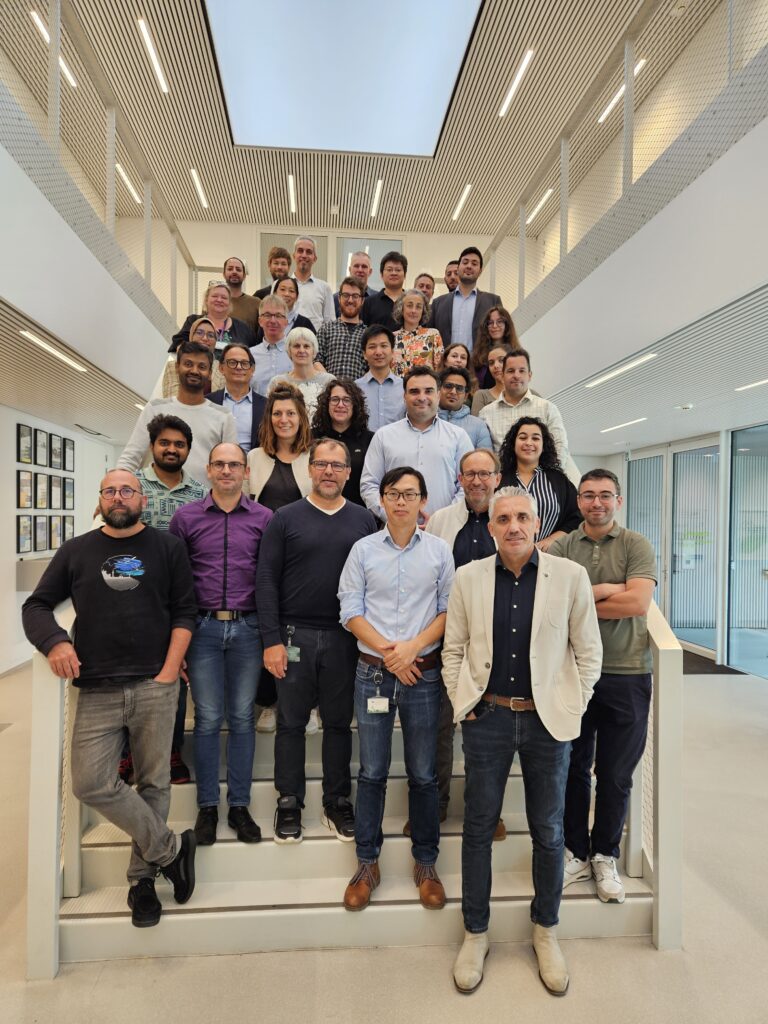
We are thrilled to announce that our EU-funded project, LAPERITIVO, has been featured in the latest edition of PV Magazine, a leading source for photovoltaic (PV) industry news.
The article highlights the significant strides our team has made toward advancing perovskite solar technology, as we embark on a mission to manufacture large-area, stable perovskite solar modules with an emphasis on high efficiency, long-term stability, and environmental sustainability.
The Laperitivo project officially kicked off in September 2024 with a launch meeting held in Genk, Belgium. This event brought together 22 global partners, who shared their initial insights into the project. The collaboration aims to tackle one of the most pressing challenges in the solar industry: scaling up perovskite photovoltaic (PV) technology from small laboratory models to full-scale, industrial applications.
As noted in PV Magazine, project coordinator Yinghuan Kuang emphasized the rapid advancements in perovskite solar technology. “Perovskite PV is recognized as a promising next-generation PV technology, and in the last few years, rapid progress has been made in initial efficiency and stability,” Kuang shared. “However, most work was done at a small laboratory scale, typically ≤1 cm. Scalability using industrial processes is keen to commercialize this PV technology, yet it is very challenging. Transferring the high-performing small-scale cell stack to pilot-scale production and eventually to large-scale mass production with minimized losses is one of the key objectives of this project.”
The LAPERITIVO project, which stands for “large-area perovskite solar module manufacturing with high efficiency, long-term stability, and low environmental impact,” aims to achieve a 22% efficiency for opaque panels measuring 900 cm² and 20% efficiency for semi-transparent modules, all while maintaining more than 95% bifaciality. The research team will focus on the deposition of high-quality perovskite films and contacting layers over large substrate areas using industrially viable techniques, with the goal of producing modules suitable for both indoor and outdoor applications.
The project also envisions a 200 MW pilot production line, with a long-term goal of reaching a production capacity of 5 GW within Europe.
As the project unfolds, we look forward to sharing more updates and demonstrating the transformative potential of perovskite-based solar technology in the fight against climate change.
To read the full feature, visit PV Magazine through the link below.
